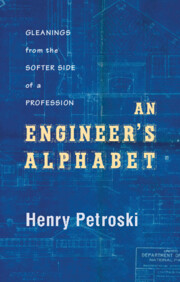C
Published online by Cambridge University Press: 25 October 2011
Summary
calculators. The prototype of the now-ubiquitous and inexpensive hand-held battery- or solar-powered electronic calculator was produced in 1966 by Texas Instruments engineers Jack S. Kilby, Jerry D. Merryman, and James H. Van Tasse. Its dimensions were 4–1/4 by 6–1/8 by 1–3/4 inches, and it weighed 45 ounces. The technology, created at TI under the code name Cal-Tech, was licensed by the early 1970s. The Pocketronic calculator went on sale in Japan in 1970 for the equivalent of $395, and became available in the United States in 1971 for $345.
In January 1972, the HP 35, the first scientific pocket calculator, was offered to the public by Hewlett-Packard at a retail price of $395. The introduction of this and soon other “scientific calculators” that could handle trigonometric functions as well as the basic addition, subtraction, multiplication, and division of the Pocketronic caused much debate among engineering professors at the time as to whether such calculators gave students who could afford them an unfair advantage over those who could not. The latter had to continue to use a slide rule, of course. There was no resolution of the academic debate as to whether electronic calculators should be banned from exams before the point became moot because the price of calculators dropped to where they were generally considered as affordable as a good slide rule.
- Type
- Chapter
- Information
- An Engineer's AlphabetGleanings from the Softer Side of a Profession, pp. 43 - 65Publisher: Cambridge University PressPrint publication year: 2011



